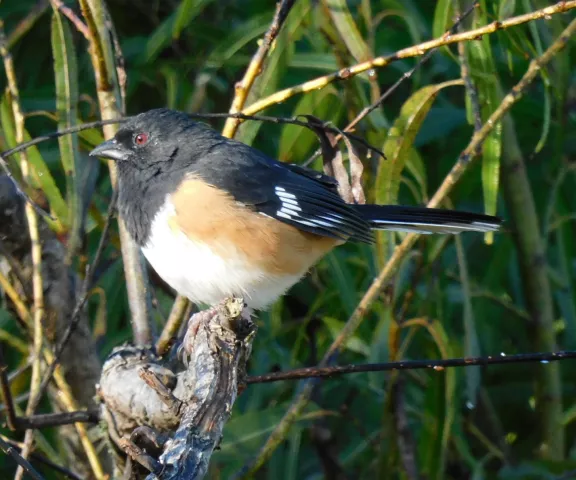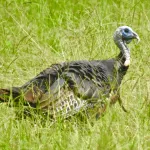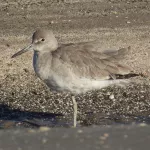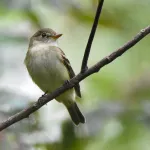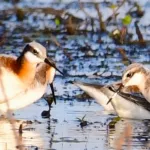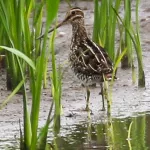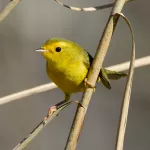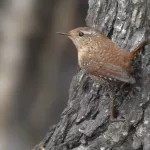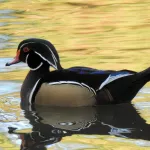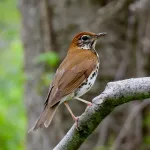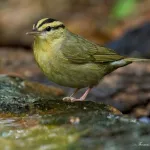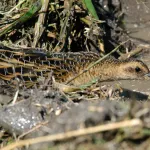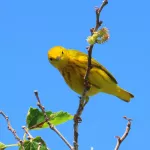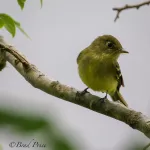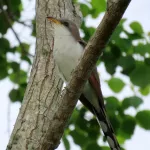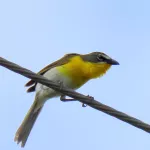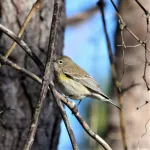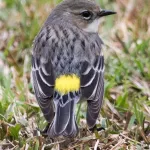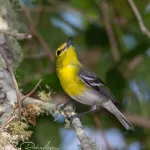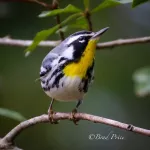Frogmore Plantation is a private site located in the northernmost reaches of the Atchafalaya Basin. This, the largest river swamp in the U.S., is an important migratory flyway. This site encompasses woodlands, four bayous, and cotton fields. As the site is private, birders, hikers, and other naturalists should call ahead to schedule a visit.
Trails lead through the woods and to a spot overlooking a pond. The marshy strip around the pond’s perimeter is perfect for species such as Least and American Bitterns, Marsh and Sedge Wrens, Swamp, Song, and other migratory and wintering sparrows.
This pond also attracts migratory waterfowl, shorebirds, wading birds, and other waterbirds as it fills and dries up with the seasons. Be on the lookout for herons and other waders here.
Trees in the wooded areas are a mix of oaks, sweetgum, elms, and honey locust bordered by blackberry – the perfect habitat for thicket-loving species. Look for bottomland hardwood stalwarts in the forest canopy, including woodpeckers, flycatchers, and numerous nesting species and migratory warblers.
A working cotton plantation (yes, cotton is still grown here), Frogmore possesses 19 restored antebellum structures dating back to the late 1700s and a modern computerized farming and ginning operation. The site offers 90-minute historical and modern agri-tours detailing the cotton and ginning industry. The Frogmore narrative also reveals little-known facts regarding the origin, political, and legal climate of slavery.
Additional amenities include parking, a visitors center, restrooms, nature trails, and wildlife viewing stands/hides. This site is closed November-January each year. It is handicapped-accessible, though nature trail visits should be avoided after heavy rains.
